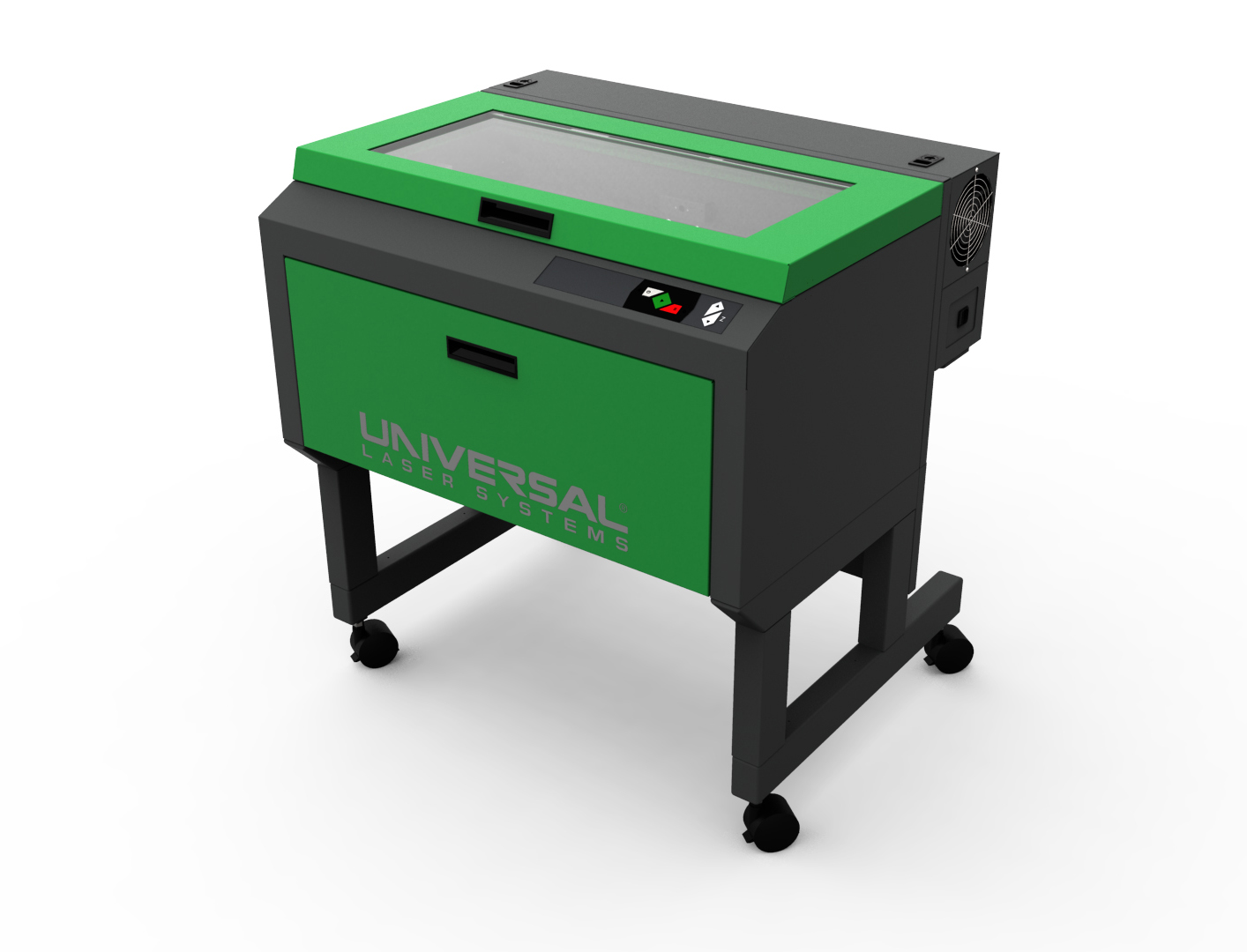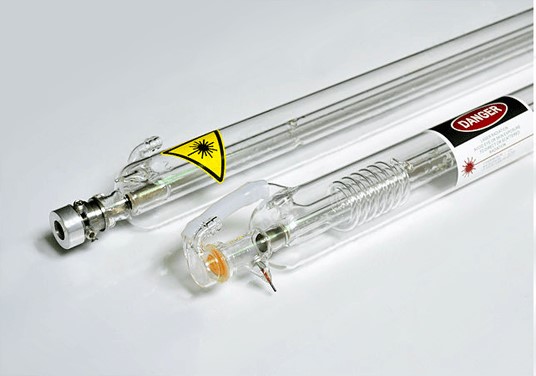This page is designed to provide useful information and important factors to consider when selecting a laser system.
You can find service related questions in the FAQ section of the website. If you would like to pose a question for our laser processing experts, please submit an email to the following address: questions@ulsinc.com.
“Using Your Material Requirements to Select a Laser System Configuration” highlights key material-related requirements to consider when thinking about the purchase of a laser system. However, there are additional factors to bear in mind when selecting a laser system or when speaking with manufacturers or resellers.
Listed below are six questions to help you prepare for such discussions. Laser system providers should use your answers to determine if a laser system is a viable option based on your requirements, which components, options, and accessories are required or would be of benefit to address your needs, and the best custom-configured laser system solution (or solutions) they can offer.
Ask Yourself
- What do I want to use the laser system for? Describe and provide visual examples of the product(s) or application(s) you want to accomplish.
- What are my critical needs? Describe any “must have” requirements such as tolerance or visual appearance criteria including color contrast, readability of text, edge quality, etc.
- How often will I use the laser system? Occasionally, one shift per day, or continuously? How many parts do I want to produce per hour or day?
- What graphic or CAD design software or file format (.DXF, .PDF, .TXT, etc.) do I plan to use for creating my design files?
- Where will the laser system be located? Describe the environment – will it be in an office area, production floor, or elsewhere?
- What is my budget range? How much do I want to spend on a complete solution?
Discussions with laser system providers about your needs and requirements should not be rushed. Share as much information and as many details as possible to ensure providers consider all your needs when recommending a solution. Additionally, preparing answers to these questions in advance will help you consistently convey your requirements to all providers and thoroughly compare and evaluate proposals.











